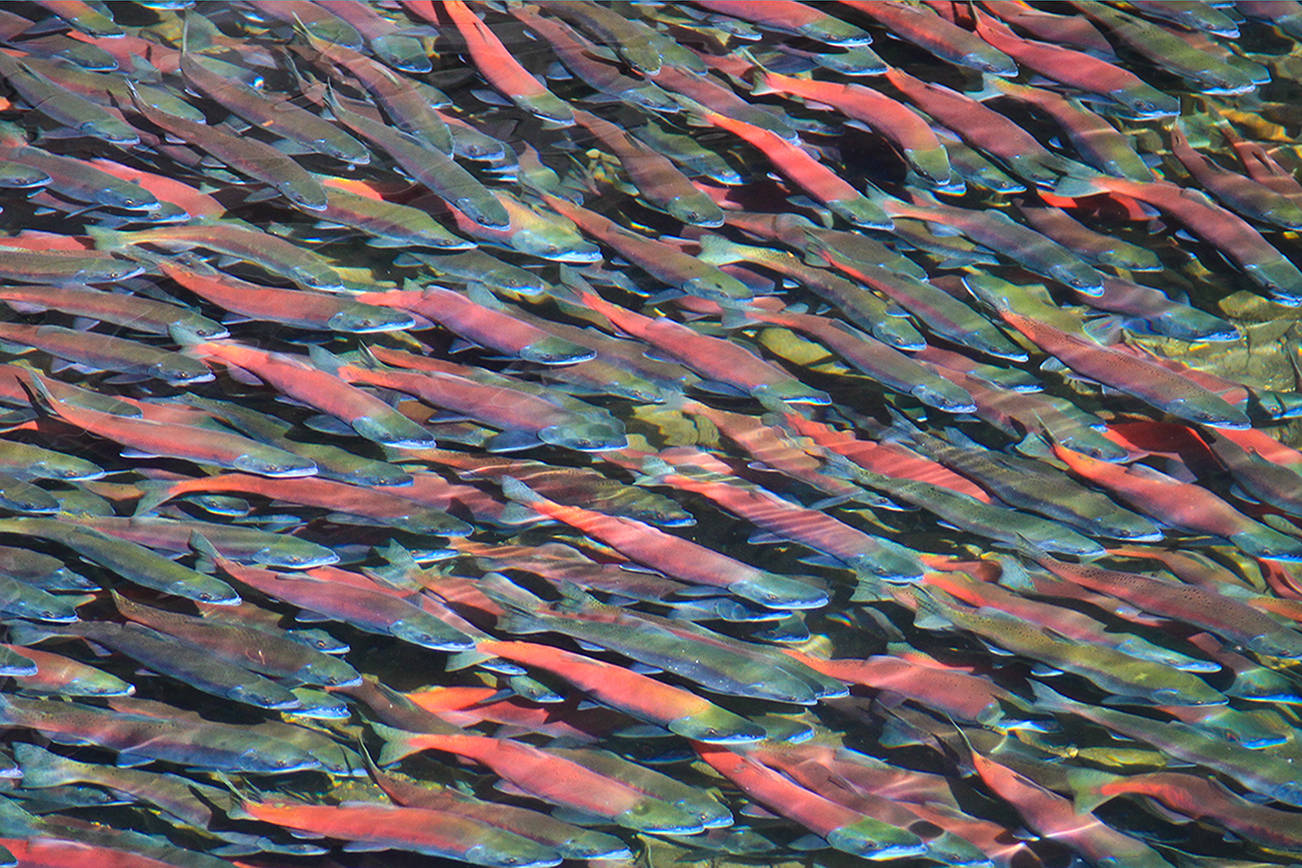With all the recent articles surrounding the federal permitting of Pebble mine, and the governor’s blatant push to advance the project, I fear many may have lost sight of the big picture. While it’s true the initial permitting is extremely important and must be held to a much higher standard of scientific review, this issue is much larger than just the proposed Pebble mine. I worry that in the process we may have lost sight of what we stand to lose and what will follow should this, the first permit, be granted and this mine allowed. What will we see in its aftermath?
Anyone who has floated or fished the renowned western Alaska rivers of Bristol Bay, who has walked between the basin’s maze of unspoiled lakes or glassed its distant tundra in search of game, anyone who has experienced the wonder of this truly amazing place, knows it is a national treasure. It is a natural marvel as worthy of awe as the Grand Canyon or the last remaining stands of redwoods. The vastness and ethereal beauty, its sheer wildness, make it difficult to imagine this region as anything else, especially an industrial zone. Yet, that’s just what is likely occur the minute we begin issuing permits for large-scale mining. We can’t let ourselves be fooled by Pebble’s talk of a supposed smaller footprint. Dialing back the first phase of a project is a common ruse used time and again to gain entry to a certain area before the inevitable expansion begins, expansion that leaves a trail of ruin in its wake. Promises to Alaskans of a smaller size also fly completely in the face of what Pebble continues to tout to their shareholders.
Lest we should also not forget that several other large companies have mining claims in the adjacent parcels to Pebble’s and have simply been holding on to them for years, waiting for the outcome of Pebble’s permitting. If permits are issued, other companies will follow suit along with Pebble’s inevitable expansion. If this advancement of mining in Bristol Bay is done piecemeal, it will only obscure the resulting damage and mire cleanup in further bureaucracy, and often in court.
We see it time and again, mining companies, despite their claims of being good stewards, regularly create subsidiaries or sell to lesser companies the minute the ore runs low or the mine becomes less profitable. This leaves the taxpayer holding the bag when they invariably fail and the companies file for bankruptcy and go bust. There are currently well over 100 abandoned mines throughout the U.S. that qualify as Superfund sites, which only cover contaminated sites on federal lands, not state or private property, and where we as taxpayers fund the cleanup.
Don’t forget: there has never been a hard-rock mine that has not contaminated the ground or surface water around it — usually both. Many of these mines are in arid locations, sometimes even deserts, and still contamination is almost universal.
With these facts in mind, imagine one of the largest mines of this type in the very wet Bristol Bay region, with an earthen dam holding back toxic waste. It is a recipe for disaster. Not only is the region wet (with 100 inches of rainfall annually in some places), but the groundwater in some locales is as little as 30 feet below the surface, the flow of which hydrologists say is nearly impossible to predict. Add to this the seismic instability we are all aware of here in Alaska. Imagine what last year’s 7.1 earthquake that busted up roads and crushed houses, or one even larger, would do to an earthen dam situated on the threshold of not only Alaska’s but the world’s last greatest remaining wild salmon fishery — a viable and sustainable economic engine that supports 14,000 commercial and sportfishing related jobs.
Gov. Jay Hammond said it: there could not be a worse place for a mine. State senator and onetime Senate President Rick Halford’s opposition to the mine has been well documented. And the late Sen. Ted Stevens regularly stated his objections to a mine in Bristol Bay as well. These are all Republicans, and all extremely pro-development to one level or another, yet for all the above stated reasons they were willing to stand up and say what all Alaskans should say and what many of us have been saying, over and over again: this is simply the wrong mine in the wrong place.
Dave Atcheson, Sterling
• Dave Atcheson is a resident of Sterling, Alaska.

